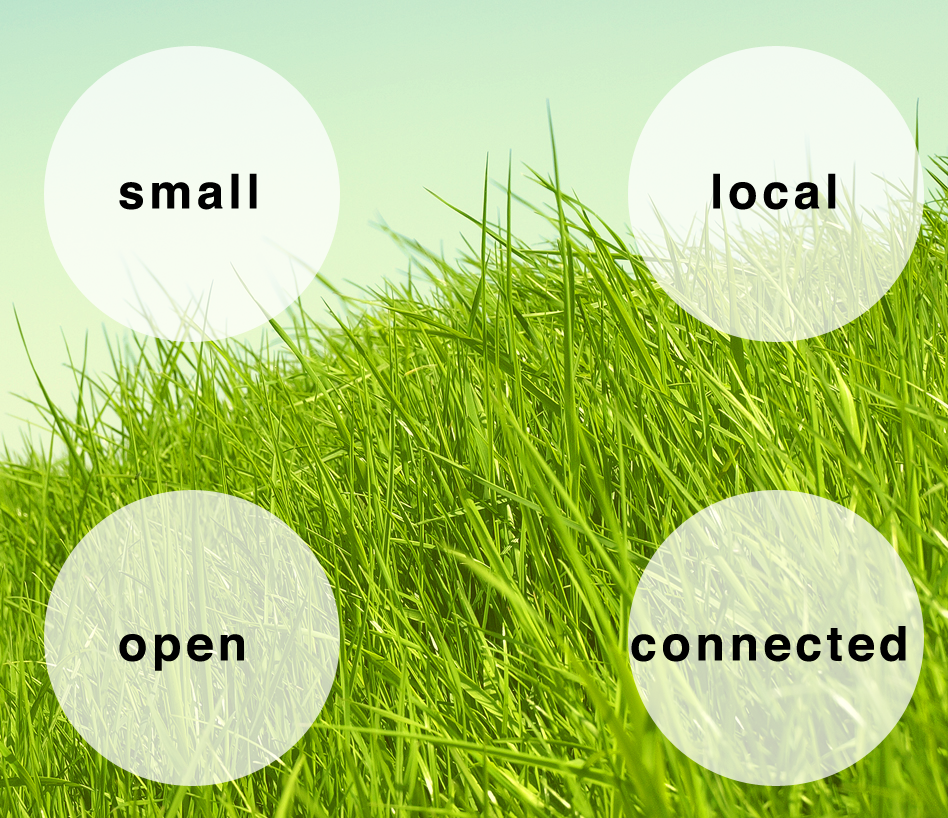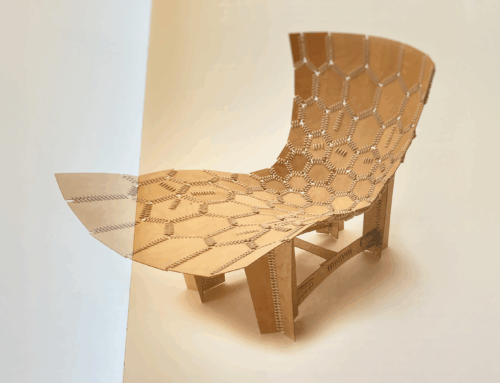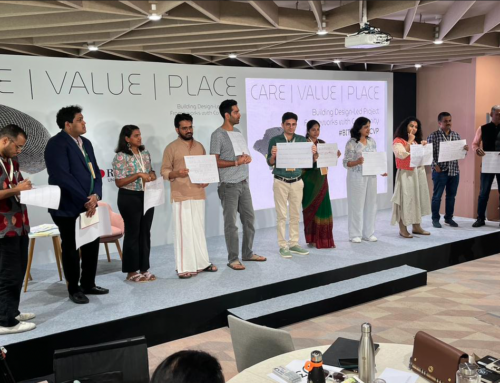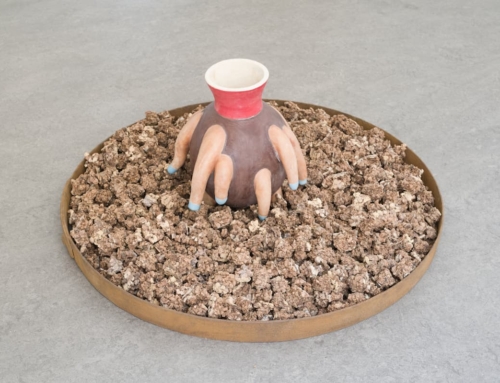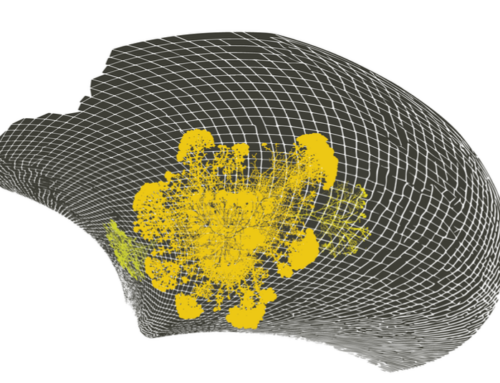A city that cares brings new meaning and vitality to a world exhausted by a focus on concrete, and consumption. In these inspirational pages, the word local is brought back to life by the pre-eminent social designer of our time. Ezio Manzini reveals a design practice which enhances the social, spatial, and relational qualities of the places where we live. The publication of Livable Proximity could not be more timely. Its arrival comes at a moment when globalisation may have peaked. Larry Fink, CEO of BlackRock, said in March 2022 that “globalization is over”.
This is my review of LIVABLE PROXIMITY: Ideas for the City that Cares, by Ezio Manzini (with a contribution by Ivana Pais). This review appears in the June 2022 edition of She Ji
Fink, who runs the world’s biggest asset manager, with $10 trillion under management, was commenting on the consequences of Covid, and the war in Ukraine – but these public health and geopolitical events are not the main drivers of change. The biggest obstacle to to globalisation are biophysical constraints. Once all the systems, networks and gadgets of modern life are factored in – the cars, planes, factories, buildings, infrastructure, heating, cooling, lighting, food, water, hospitals, information systems, and their attendant gadgets – well, a New Yorker or Londoner today ‘needs’ about 60 times more energy and resources, per person, than a hunter gatherer did, 10,000 years ago. To put it in a shorter timeframe: you and I use more energy & resources in a single month than our great-grandparents used during their whole lifetime. And we’re doing on a so on a finite planet.
I first heard these alarming numbers 20 years ago in Amsterdam from the eminent scientist Leo Jansen. In a briefing about the latest sustainability research, he told me that.”We’re over-consuming resources by a factor of 20 times more than the planet can carry. We need to meet our every day needs using five percent of the energy and material throughputs we’re using now”. My jaw must have dropped, because Jansen took care to explain in detail that that number – five percent – was not plucked out of thin air. A global network of scientists had been working on the subject for 30 years at that point, and the science has been spelled out in the book Limits To Growth 1972. That book contained scenarios about “overshoot and collapse” of the global system by the middle part of the 21st century – i.e. right about now!
Following that meeting with Professor Jansen, I spent several years repeating his warning to people in the design and business world. But, in the absence of guidance on what, practically, they should do, my dramatic advice caused far more shrugging of shoulders than actual change. In retrospect, I should have paid more attention to the early writings of Ezio Manzini about social innovation design. He understood from early on that demanding an end to growth – but without addressing peoples concerns about jobs, and security for their families – was a recipe for the disinterest. Scholars such as Ezio Manzini have long emphasized a positive dimension to our predicament, too: examples of a five percent future already exist. They are everywhere to be seen – if one chooses to look.
The diverse ways poor people meet their daily life needs are usually described as impoverished, or backward. But, as frequent traveller to what used to be called the developing world, I discovered that living sustainably is how people survive when they don’t have access to the high entropy support systems of the industrial world. Indeed, if you add up all these individual acts of care – and leave aside how much money they contribute, or not, to GDP – well, 95 percent of economic activity is already local, as well as being light in its use of resources. Around the world billions of citizens, and hundreds of millions of small companies, operate within radius of fifty kilometers of their base. The small farm, corner shop, doctor, builder, carer, street trader.
Two threads run through Livable Proximity: local, and care. Care is the essential activity people have always undertaken to raise and educate their families, cultivate their land, and support each other in times of difficulty. Care is how billions of people with low cash incomes meet daily life needs outside the money economy – through traditional networks of reciprocity and gifts. They survive, and often prosper, within social systems based on kinship, sharing, and myriad ways to share resources. Ezio Manzini describes these enabling conditions as “relational goods”. Whether it’s cooking, cleaning, doing laundry, ironing, consoling, caring for others, listening, value arises from relationships. not from things. Fostering better relationships, it turns out, and creating new connections where there are gaps – is one of the main design opportunities in local places.
The lesson for design of livable proximity? Health and wellbeing are not something ‘delivered’, like a pizza – or ‘produced’, like a car. But there’s still a huge amount design can contribute. Platforms and practical measures can be designed to support the people who already do the bulk of caring, and will continue to do so – from child care, to dementia support. If, as Manzini argues millions of small-scale experiments, and new ways to meet daily life needs, are emerging throughout the world, the opportunity for design is to seek out these projects in our own situation and develop practical ways to help them thrive, and interconnect.
The design opportunity here is more brownfield than blue sky – but no less creative and challenging for that. . Local design, in this context – economic relocalisation in the language of policy – is as much a matter of discovery, as invention on its own. But it can still be a creative as well as systematic process. A growing number of cities now measure where resources come from, identify leakages in their local economy, and explore how these leak might be plugged by locally available resources.
Enabling platforms for local design
Ezio Manzini has witnessed, first-hand, how Barcelona, Paris, and Milan have put social innovation, care, and community at the heart of their plans for the future. But his influence is not just about ideas. He has also played a key role in advocating for the design of digital platforms that create the enabling conditions for people to care on a continuous and ongoing basis. His key insight: the purpose of digital platforms is to enable relationships, not transactions.
The paradigm of relationality and care, as described in Livable Proximity, is a sharp adjustment ofn priorities for most cities – but in a healthy way: a focus on relationality brings them back into alignment with natural processes. As biologists and ecologists have discovered in recent times, the health of an ecosystem lies in the vitality of interactions between its component species. This lesson applies equally to a locality. The process enabling diverse stakeholders to work together is a key success factor.
Technology has an important support role to play as the supporting infrastructure needed for these new social relationships to flourish. The re-emergence of gift exchange can be facilitated and amplified by digital networks. Mobile devices, and the internet of things, make it easier for local groups to share equipment and space, or manage trust in decentralised ways. Technology can help reinvent cooperative practices in rural contexts, too: sharing, bartering, lending, trading, renting, gifting, exchanging, & swapping.
A picture emerges in in which money is but one means among many of holding or exchanging value. Manzini does not understate the design challenges involved. If people are to find what they need to live, and do so together with others, the reorganisation involved will be intense, and ongoing. There is no universal best-practice we can apply because healthy local systems — including social ones – are generally small scale. The economic models needed, too, are emergent – and hybrid: Manzini anticipates a whole ecology of economies in which the market, the state and the subsidised sector coexist with self and mutual help, barter, charity, and other pro bono activities. In such a context, it is not for city managers – let alone designers – to make these changes for its citizens. Rather, a new kind of infrastructure is. needed – social infrastructure – to help citizens reconfigure things for themselves.
Livable Proximity is not much about messages, concepts, and instructions. It’s more about connection and place. In the “city that cares” described by Ezio Manzini, the process by which groups work together is just as important as deciding what needs to be built, if not more so This work is connective. As collaboration experts – people who connect people – the designer-curator’s most valuable skills are hosting, convening, facilitating, animating, and coordinating. Platform cooperatives – especially when linked together in an ecosystem of digital platforms that are rooted in their territories – can be effective ways for different actors and stakeholders to work together. They can also provide fair compensation for services provision among the people who make those services valuable.
LIVABLE PROXIMITY: Ideas for the City that Cares, Ezio Manzini With a contribution by Ivana Pais, Bocconi University Press (Egea Editore) 2022
